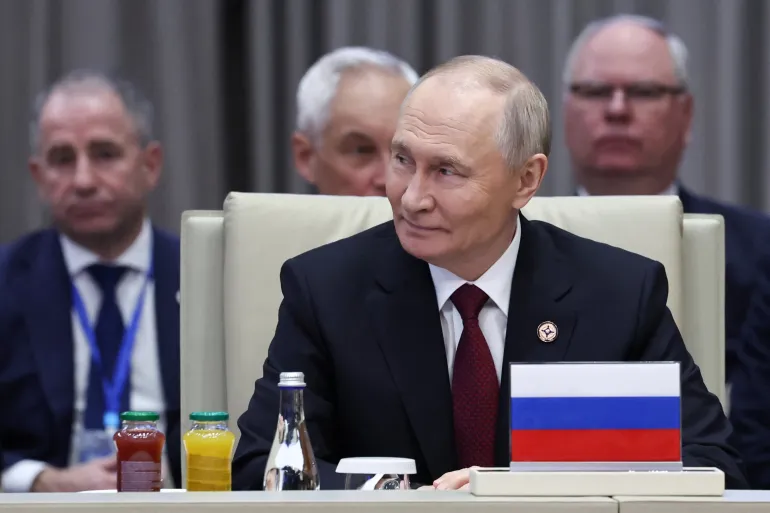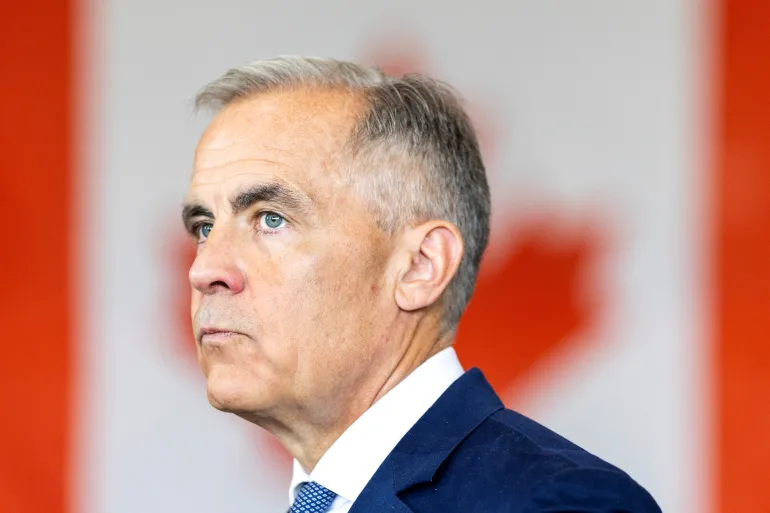In a major step to cushion its economy from the ongoing trade conflict with the United States, China’s central bank on Wednesday announced a broad package of monetary policy measures, including interest rate cuts and a reduction in bank reserve requirements.
The move came just hours after it was confirmed that senior Chinese and American officials would meet in Geneva this week for the first formal trade discussions since steep reciprocal tariffs were introduced.
The People’s Bank of China (PBOC) lowered the reserve requirement ratio for banks by 0.5 percentage points, a change set to take effect on May 15. This is expected to release approximately 1 trillion yuan ($139 billion) into the financial system, increasing banks’ capacity to lend. The central bank also trimmed its benchmark seven-day interest rate from 1.5% to 1.4% and reduced rates for certain housing loans.
Pan Gongsheng, Governor of the PBOC, described the policy approach as “moderately loose,” acknowledging rising global uncertainty and the economic strain caused by escalating trade tensions.
“Fragmentation of global trade and disruptions in supply chains are creating serious challenges,” he said at a press conference in Beijing.
China’s measures were framed as a bid to stabilize markets, promote lending, and stimulate consumer activity. They also included easing restrictions on auto financing and enhancing support for sectors tied to innovation and small businesses. Collectively, these steps could inject up to 2.1 trillion yuan ($291 billion) into the economy, making it one of the most substantial rounds of monetary easing since the onset of the trade war.
The timing of the announcement is seen as strategic, coinciding with upcoming trade talks in Switzerland. The US delegation will include Treasury Secretary Scott Bessent and Trade Representative Jamieson Greer, while China will be represented by Vice Premier He Lifeng. Although expectations are measured, some analysts believe the talks may lead to a temporary easing of tariffs or at least establish a framework for future negotiations.
The trade dispute, triggered by US tariffs on Chinese goods raised to 145% last month, has significantly impacted global trade flows. In response, China imposed 125% tariffs on American imports. While China’s first-quarter growth of 5.4% was buoyed by a pre-tariff export surge, recent indicators suggest a cooling trend. Manufacturing activity and new export orders have slowed, with some factories cutting shifts and reducing output.
Stock markets responded positively to both the easing measures and news of the trade talks. The CSI 300 index in mainland China rose by 0.8%, and Hong Kong’s Hang Seng Index climbed over 1.5% on Wednesday. However, analysts warn that the benefits of the monetary stimulus may be limited if businesses and consumers remain hesitant to borrow or spend.
According to a note from Capital Economics:
“The measures will provide some short-term support, but without stronger demand, banks may struggle to find willing borrowers.”
The Australian banking group ANZ echoed this sentiment, adding that the steps appear aimed at buffering the economy ahead of what could be a drawn-out negotiation process with Washington.
While the Chinese government continues to aim for 5% annual growth in 2025, several economists predict that the rate could dip to 4% or lower without additional support. Further stimulus measures, both monetary and fiscal, remain on the table, with the July meeting of China’s Politburo seen as a potential venue for further policy announcements.
The outcome of the trade talks remains uncertain. Observers note that while both sides have signaled a willingness to engage, deep disagreements persist. Deborah Elms, a trade policy expert at the Hinrich Foundation, cautioned:
“There’s always a risk that negotiations handled at the working level could be overturned at the top.”
The New York Times, Bloomberg, and the Wall Street Journal contributed to this report.










The latest news in your social feeds
Subscribe to our social media platforms to stay tuned